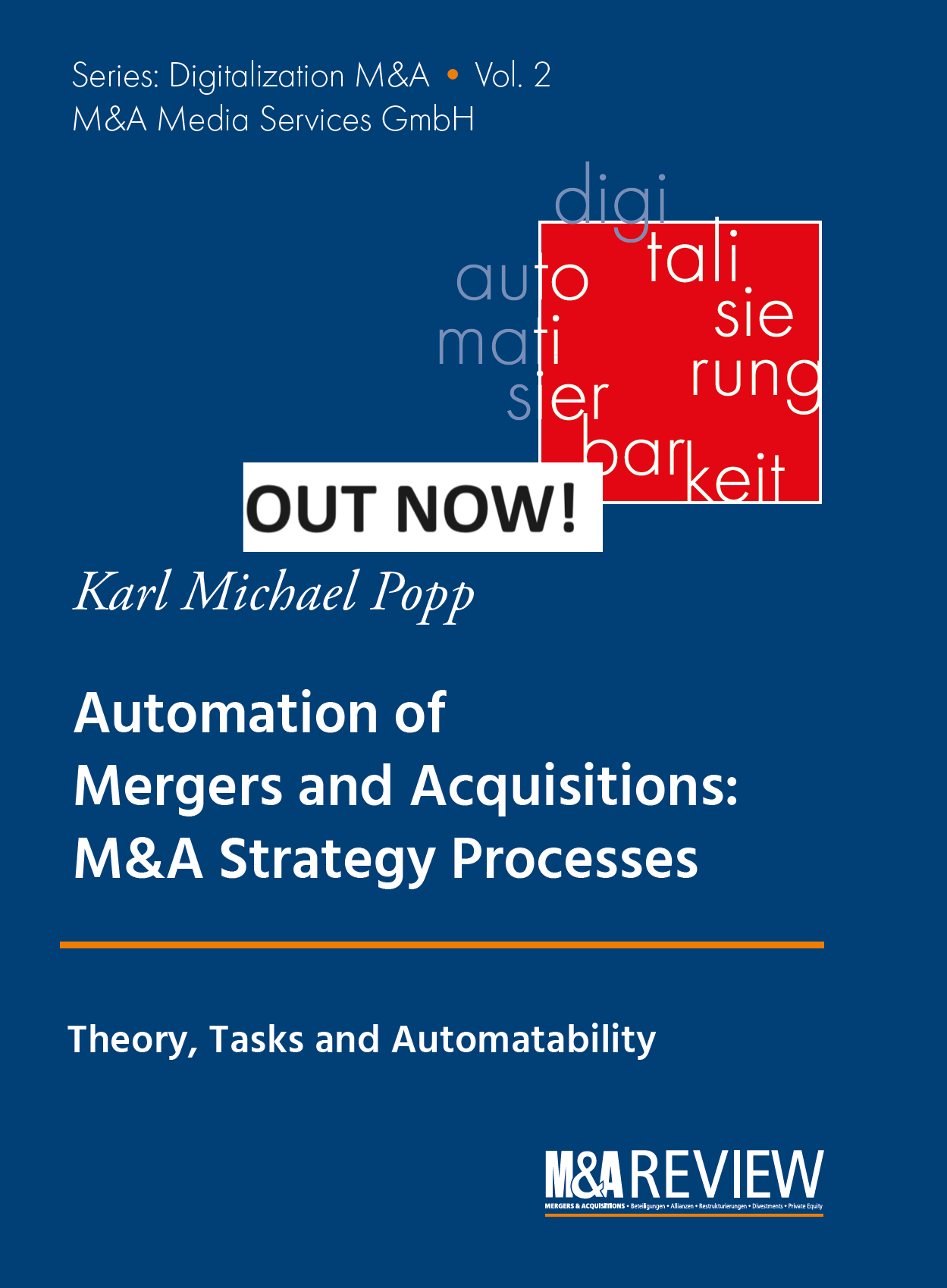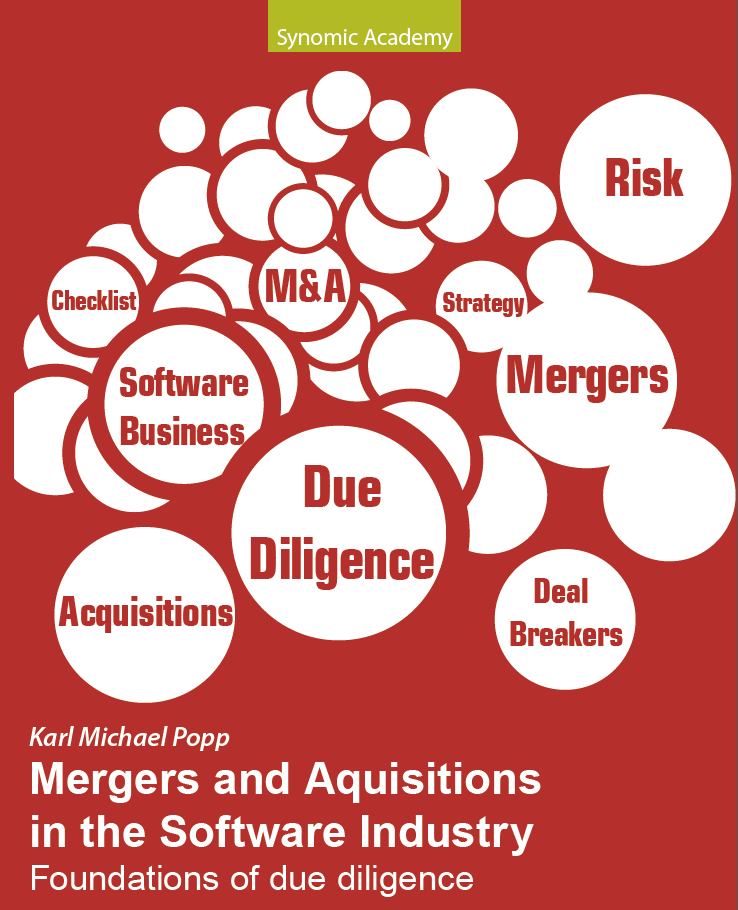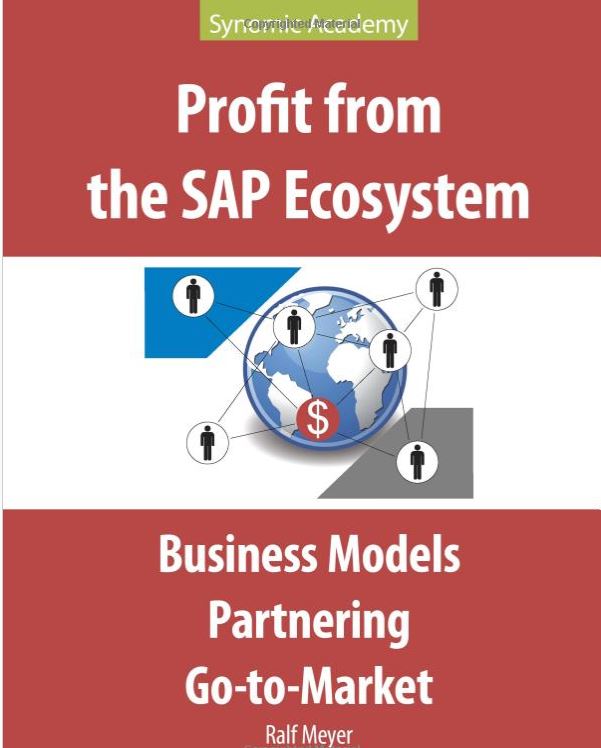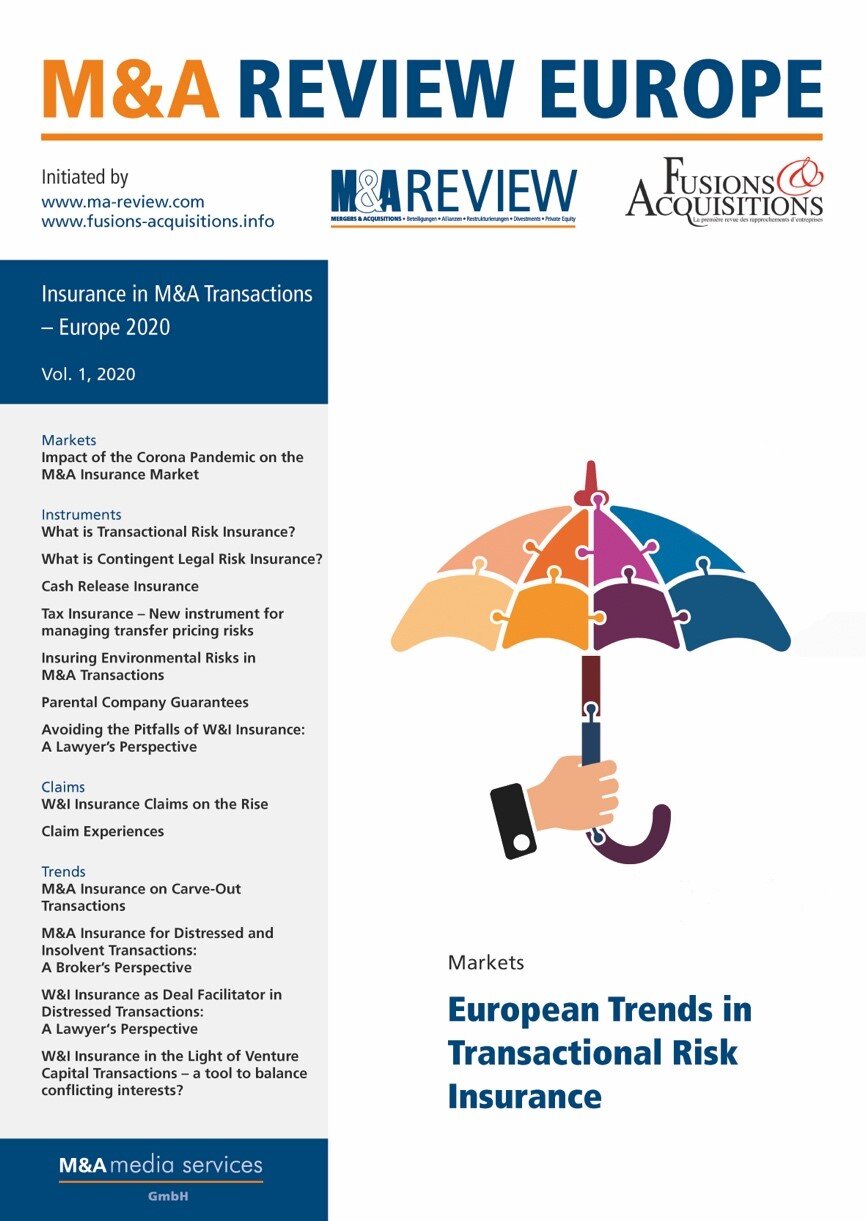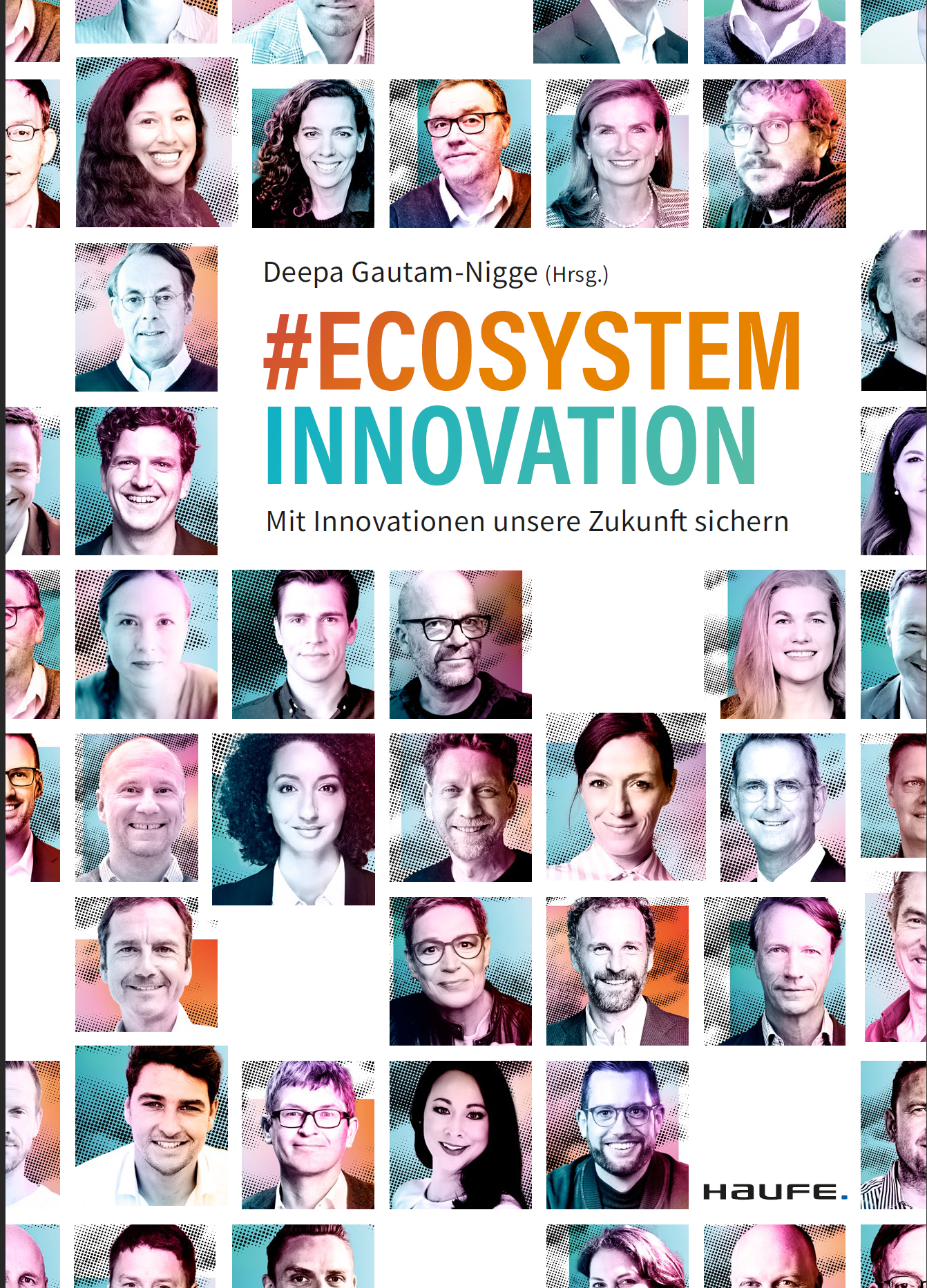M&A Automation: Automation potential for M&A processes - how to assess it and show the tools
Digitization potential in the M&A process
How can the digitization potential be captured in the M&A process? What information is needed? These questions will be answered here.
Automation and automatability of tasks
Decisions on the digitisation of processes depend on the implementation options available. The goal is the extensive, meaningful automation of operational tasks.
Automation of tasks
To fully automate a business process, both the tasks and the coupling of tasks must be fully automated. In addition to full automation, there are other levels of automation. The automation levels of tasks can be differentiated from the external view of the tasks by the assignment of combinations of task owner types to tasks [cf. FeSi93, 178 f.].
The task owner types available are humans and machine/software (computers, robots, software). If only humans are assigned to a task, it is not automated.
If human and machines are assigned to a task, it is called semi-automated. A task is called fully automated (automated) if it is assigned only to computers, robots or software.
Figure: Degrees of automation of tasks, source: FeSi93
Automated and semi-automated tasks and the associated application systems are relevant for digitisation. Before a task can be automated, the automatability of tasks must be clarified. Only a task that can be automated can also be automated.
Automation of tasks
The following figure describes the execution of a task from an internal perspective. It consists of a set of actions that are linked together and monitored and controlled by an action control.
Figure: Actions and action control, source: FeSi93
Whether a task can be automated depends on the properties of the inside view of a task. To be more precise: the automatability can be described by the automatability of all actions and the action control.
If the inside view can be functionally described, the task can be fully automated. At the current state of the art it is also possible to automate tasks that cannot be functionally described (so-called decision tasks).
With the increasing availability of machine learning, the automation of decision tasks increases. Many decision tasks, which in the past could only be performed by personnel, can now be fully automated. An example is an automated analysis of contract texts for certain features. Action control can also be at least partially automated today. Workflow systems, project control software or even data rooms with action control are available for process and action control.
Digitalisation potential in the M&A process
A digitization potential for a task exists if the degree of automation of the solution process is lower than the automation capability of the solution process. The same applies to task coupling.
The digitization potential for the M&A process is the sum of the digitization potential of all tasks and task linkages.
Requirements for the reference model regarding tasks
The reference model is to describe the tasks, their automatability and show exemplary automation possibilities in the form of software (tools). This enables companies to determine the digitalization potential in the M&A process.
Displaying the tasks together with tools to automate could look like this:
This is an excerpt of my new book “Automation of Mergers and Acquisitions“.
CLICK OR SCAN THE QR CODE TO ORDER THE BOOK








